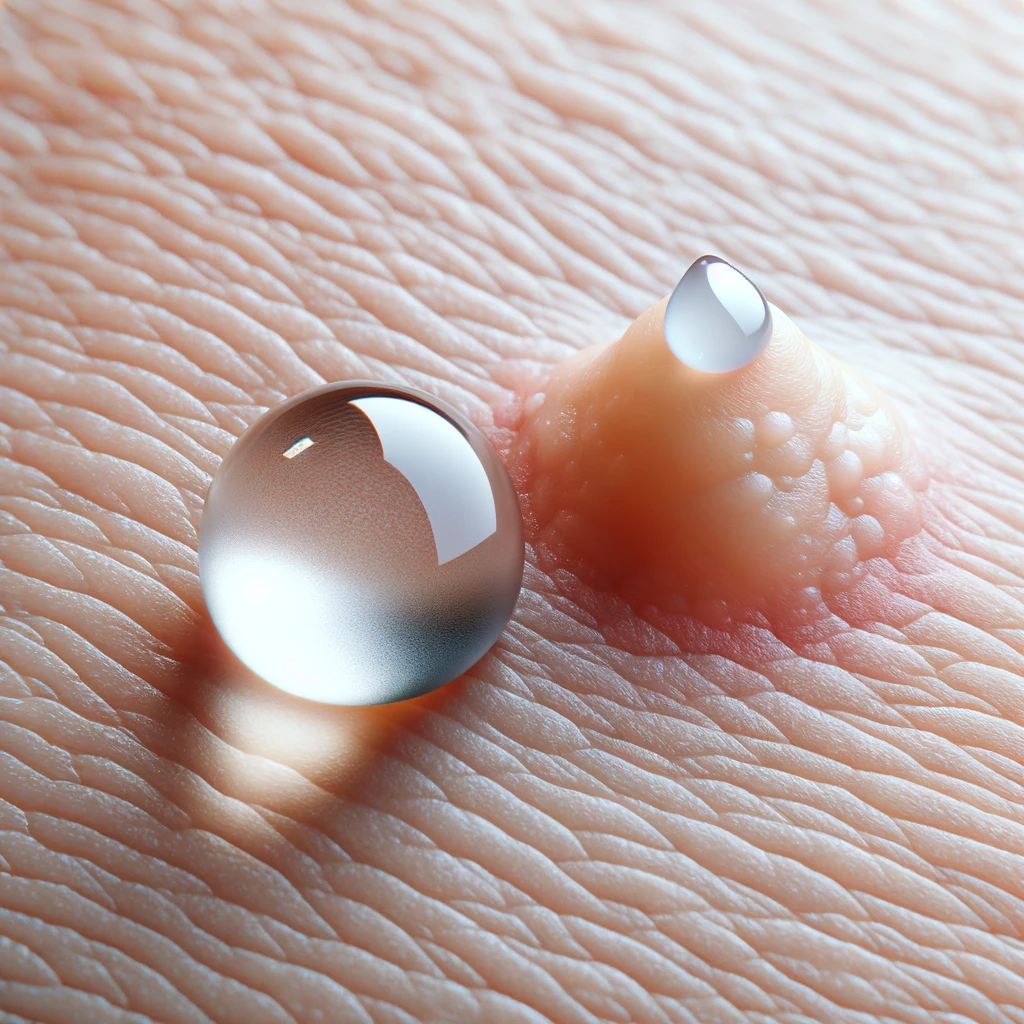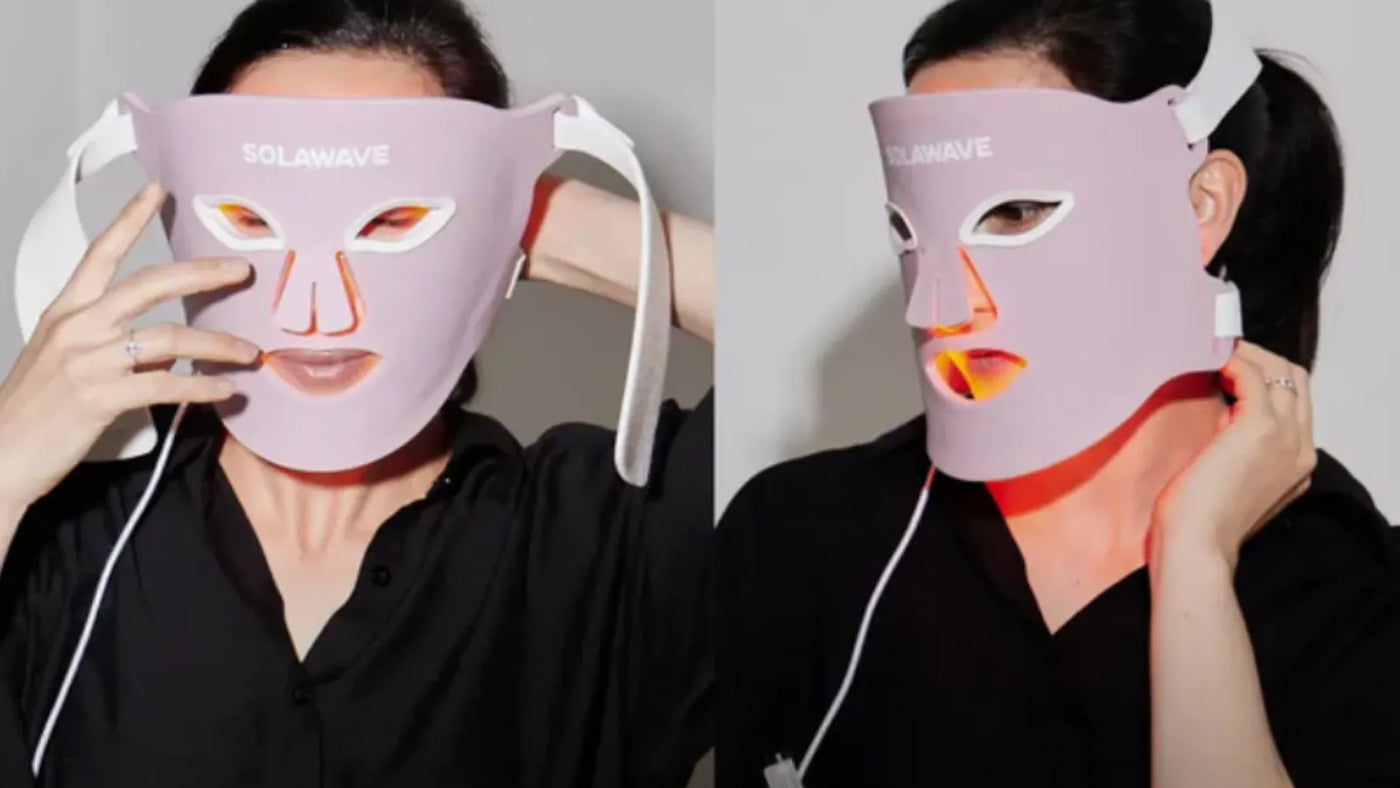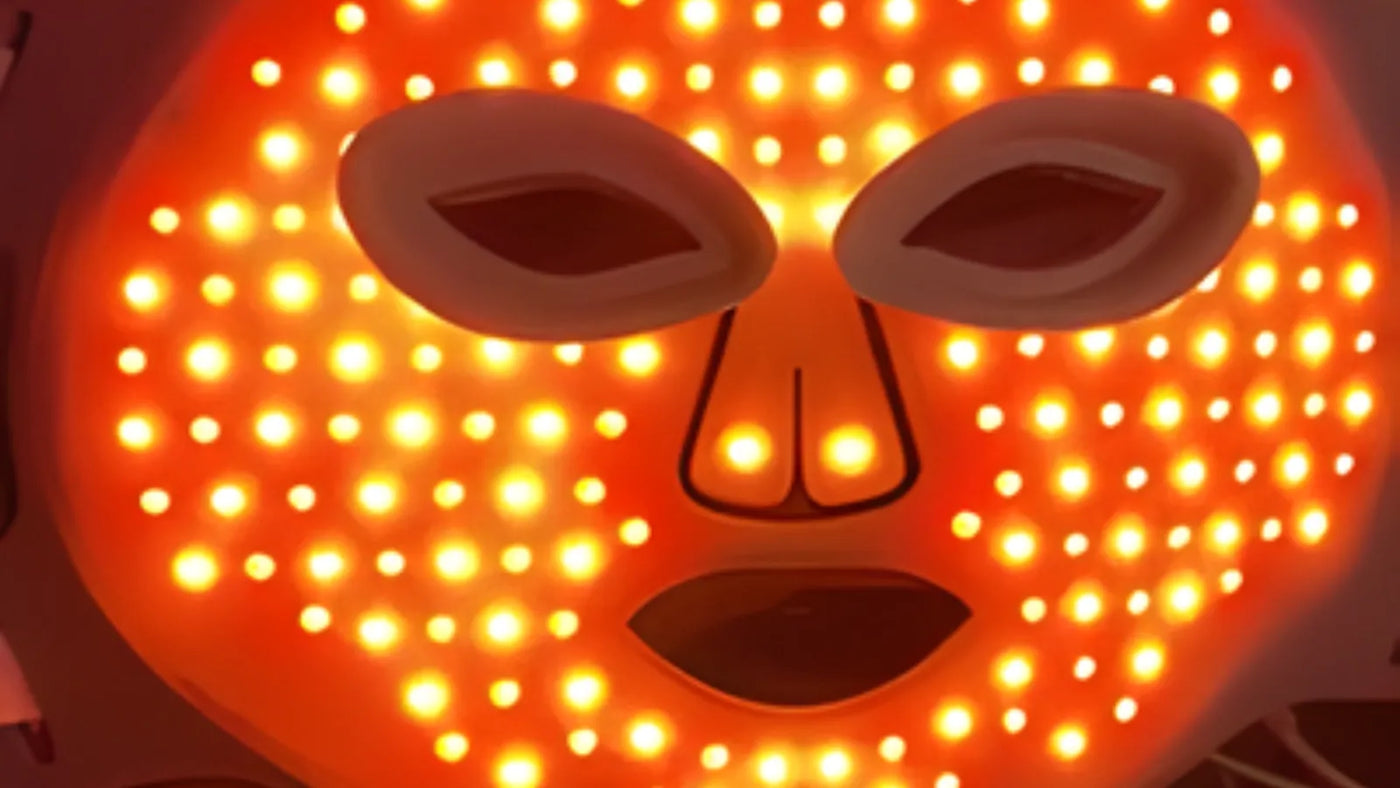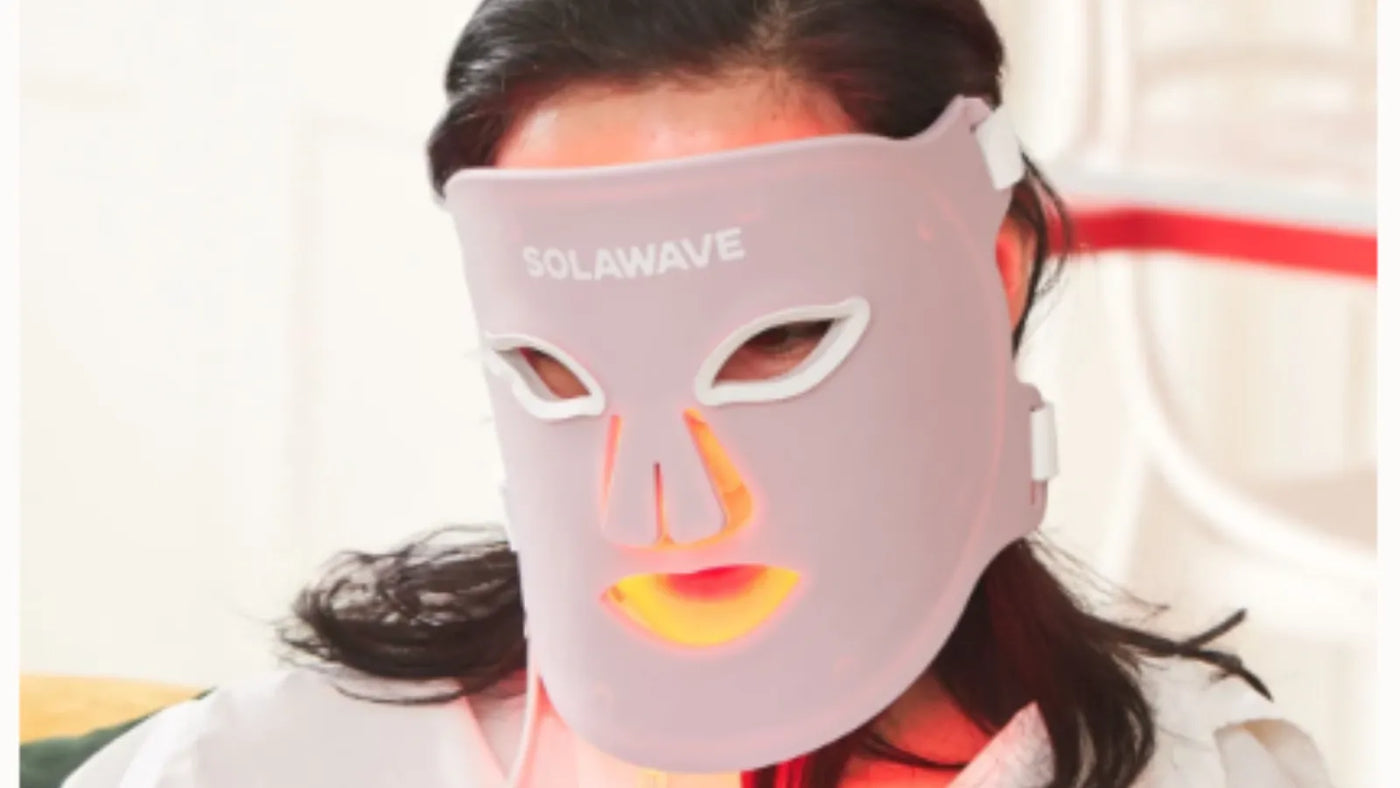

Hyaluronic Acid and Acne: Does It Help or Cause Breakouts?
Hyaluronic acid (HA) is a humectant, it draws water into the skin and helps strengthen the moisture barrier.
That makes it a supporting player in acne routines: it won’t unclog pores like salicylic acid or kill acne bacteria like benzoyl peroxide, but it can reduce the dryness and irritation that often derail consistent treatment. Choose oil-free, non-comedogenic formulas and you’ll likely see better tolerance—and better adherence—to your acne meds.
Hyaluronic acid for acne: what it actually does
Think of acne care as two jobs happening at once:
- Clearing: ingredients that decongest pores, normalize cell turnover, and reduce inflammation (e.g., salicylic acid, benzoyl peroxide, retinoids).
- Caring: ingredients that keep the barrier calm so you can stick with the clearing step.
HA sits squarely in the caring bucket. As a humectant, it binds water to the stratum corneum, improving flexibility and reducing micro-cracking that can accompany drying treatments. Clinical reviews show topical HA improves skin hydration and skin feel with excellent tolerability—ideal when you’re layering stronger acne actives.
Well-hydrated skin is also less reactive, so you’re less likely to abandon your routine after week two—right when many people experience irritation. Dermatologists frequently recommend moisturizers that are non-comedogenic and may include hyaluronic acid to help balance hydration without clogging pores.
Hyaluronic acid and acne: the “purging” question, explained
If you started HA and saw new bumps, you might wonder if it’s purging. True purging is a short-term flare caused by actives that increase cell turnover (think retinoids, AHAs, BHAs). Those speed up the life cycle of micro-comedones, making clogs surface faster before clearing. HA does not increase turnover; it hydrates.
So while timing can make HA look guilty, the mechanism doesn’t fit the purge profile. If breakouts show up in new areas or persist past 4–6 weeks, suspect irritation or a pore-clogging formula, not the HA itself.
Can hyaluronic acid cause acne?
Unlikely. Hyaluronic acid itself is not known to be comedogenic; issues usually trace back to the vehicle—rich oils, waxes, or fragrance in the product or to stacking HA under heavy occlusives that trap sweat and sebum.
That’s why dermatology guidance emphasizes choosing non-comedogenic products and lightweight textures when you’re acne-prone. If bumps coincide with a new HA product, patch test, switch to a gel-weight, oil-free option, or try applying HA only on damp skin and sealing with a light, non-comedogenic moisturizer.
Hyaluronic acid on acne: how to use it (step-by-step)
Morning
- Cleanser: Gentle, non-stripping.
- HA serum (optional in AM): 1–2 pumps on damp skin to reduce transepidermal water loss.
- Treatment (if using in AM): e.g., benzoyl peroxide or azelaic acid.
- Moisturizer: Light lotion or gel, non-comedogenic; HA can be part of the moisturizer if you skip a separate serum.
- Sunscreen: Broad-spectrum SPF 30+. (If you wear makeup, look for non-comedogenic labels.)
Evening
- Cleanser.
- Treatment: Retinoid or salicylic acid as prescribed/indicated.
- HA serum or moisturizer with HA: Apply after actives to buffer irritation while maintaining adherence.
- Optional seal: If you’re dry, a thin layer of non-comedogenic lotion; skip heavy oils/waxes.
Pro tip: When masks (or workouts) aggravate breakouts, dermatologists specifically recommend fragrance-free, non-comedogenic moisturizers that may contain hyaluronic acid to reduce frictional irritation—good evidence HA plays nicely with acne-prone skin.
Hyaluronic acid breakout vs. irritation: how to tell
- Looks like purging? Small, similar-looking pimples appearing where you usually break out, starting soon after adding a retinoid/AHA/BHA and settling within ~4–6 weeks. Keep going (slowly) if tolerable.
- Looks like irritation/comedo-clogging? Red, itchy patches or closed comedones in new areas, or clusters after adding a rich HA formula or layering multiple products. Simplify: switch to a gel HA, drop fragrance, and apply sparingly over damp skin.
When in doubt, stop the new product, reintroduce later, and consult a dermatologist for persistent flares.
Choosing the right HA for acne-prone skin
Texture:
Prefer water-light gels or thin serums. Avoid heavy balms and thick occlusive creams unless prescribed for barrier repair.
Labeling:
Look for “non-comedogenic” and “fragrance-free.” Remember, “non-comedogenic” isn’t a legally standardized term, but it’s still a practical screening tool alongside texture and your skin’s response.
INCI clues:
“Hyaluronic acid,” “sodium hyaluronate,” or “hydrolyzed HA.” Multi-weight blends can improve surface feel and short-term plumping; the evidence base supports hydration and tolerability, not pore-clearing.
How to apply:
HA binds water; it performs best on slightly damp skin and under a light, non-comedogenic moisturizer that prevents water loss especially in dry climates or winter.
When hyaluronic acid can backfire (and what to do)
-
Too occlusive overall: If your routine stacks a rich HA serum under a heavy cream and sunscreen, you may trap sweat/sebum swap to gel textures and space layers.
Fragrance or sensitizers: Acne-prone skin is often irritated by fragrance; choose fragrance-free HA formulas. - Skipping sunscreen: Hydration helps barrier function, but UV exposure drives inflammation and post-acne marks. Keep SPF daily.
-
Expecting HA to “treat” acne: HA supports comfort; your clearing step still needs proven actives or prescriptions.
Hyaluronic acid and acne: the bigger skin-health picture
Barrier-supporting steps like HA-based hydration do more than make skin feel nice. They increase tolerability of cornerstone acne treatments, reduce the urge to quit early, and can improve overall outcomes. In one trial, topical HA serum significantly increased hydration (measured by corneometry) and was well-tolerated across skin types, supporting its role as a “caring” co-star rather than a clearing agent.
And while injectable HA fillers have a place in softening atrophic acne scars, that’s a different category (in-office medical treatment) and shouldn’t be conflated with topical HA serums.
Can hyaluronic acid cause acne? (Recap)
-
Ingredient: HA = hydrator, not an exfoliant. Mechanism doesn’t clog pores or accelerate turnover.
- Formulation matters: Breakouts typically trace to heavy vehicles or irritants (fragrance), not the HA molecule. Choose non-comedogenic, lightweight textures.
-
Routine fit: Use HA to buffer retinoids/BHA, not replace them. Expect comfort benefits, not pimple-clearing.
FAQs
Is hyaluronic acid bad for acne?
No. HA can help acne regimens by offsetting dryness and stinging from actives, which keeps you consistent. Dermatologists routinely recommend non-comedogenic moisturizers—including those with hyaluronic acid—for acne-prone skin, especially when irritation is an issue (e.g., with masks or retinoids). Pair HA with your clearing step (salicylic acid, benzoyl peroxide, or retinoids) for results.
Can hyaluronic acid serum cause acne?
The HA molecule itself is unlikely to clog pores. If you notice new bumps, look at the formula (heavy oils/waxes, fragrance) or over-layering. Switch to a gel-weight, oil-free HA serum labeled non-comedogenic, apply to damp skin, and seal with a light moisturizer. If breakouts persist beyond 4–6 weeks, stop and check in with a dermatologist.
Can hyaluronic acid cause breakouts (or “purging”)?
HA doesn’t cause purging—that’s linked to cell-turnover-increasing actives like retinoids and hydroxy acids. If you’re breaking out after adding HA alone, you’re likely reacting to the vehicle or routine complexity. Simplify and reintroduce slowly.
Practical routine examples (by skin state)
Oily/shine-prone, clogged T-zone
Cleanser → leave-on salicylic acid → thin HA serum (optional) → gel moisturizer (non-comedogenic) → SPF (oil-free). Even oily skin often needs a gel moisturizer to curb rebound oil.
Dry, irritated, on a retinoid
Gentle cleanser → retinoid (pea-size, 2–3×/week, then build) → HA moisturizer (fragrance-free, non-comedogenic) → SPF next morning. Sandwich technique (moisturizer → retinoid → moisturizer) on sensitive nights can help.
Combo skin
Treat your T-zone and cheeks differently: gel HA on the center, light lotion on drier areas.
Key takeaways (skim-friendly)
- Hyaluronic acid for acne = support, not cure. It hydrates and buffers irritation so you can stick with proven acne actives.
- “Hyaluronic acid breakout” is usually formulation-related (heavy, fragranced products) or routine overload—not the HA molecule. Choose non-comedogenic gels.
- “Hyaluronic acid and acne” play nicely when you pair HA with salicylic acid, benzoyl peroxide, or retinoids and keep textures light.
- “Hyaluronic acid on acne” works best on damp skin, sealed with a light moisturizer, morning and/or night.
- Ask a derm if breakouts persist beyond 6 weeks or if you’re unsure what’s triggering irritation.





















